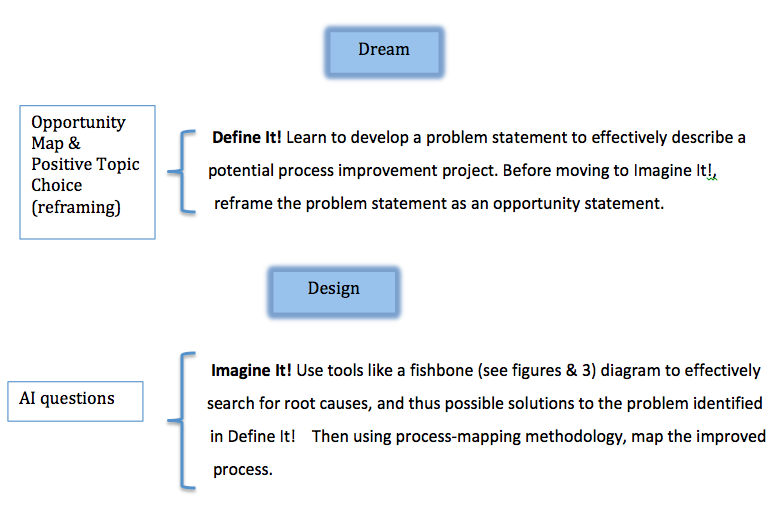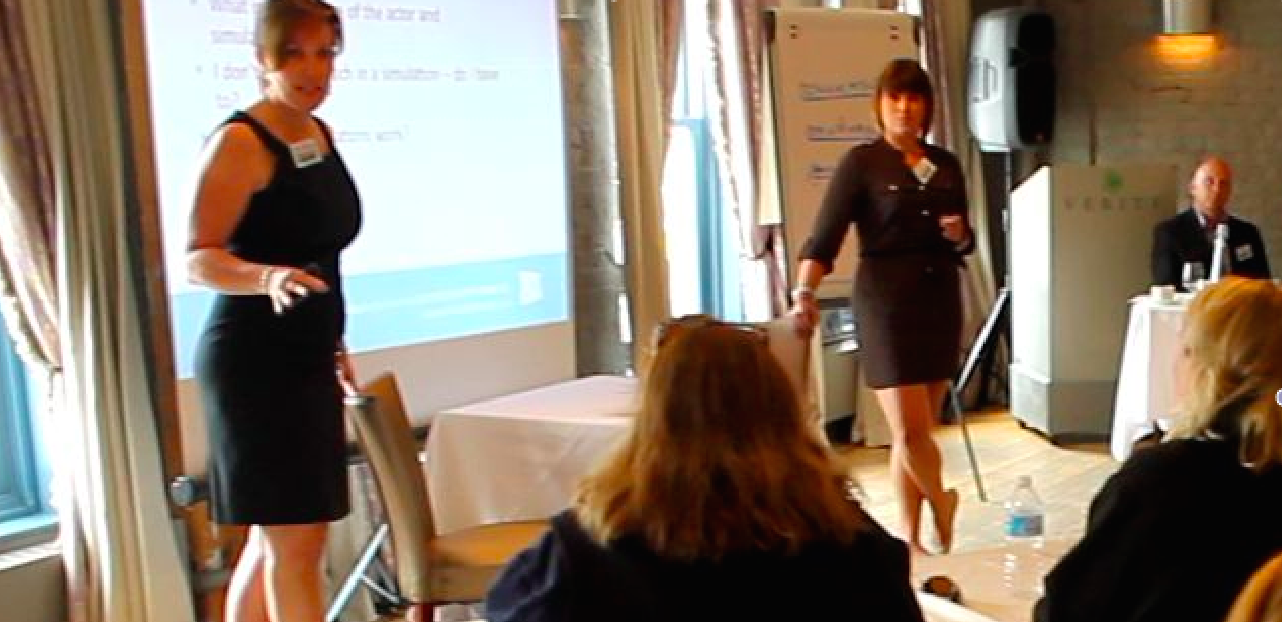 This week a friend emailed me to ask for some process improvement advice. He has been thinking about a business process in his office, and knows something isn’t working the way it should, but isn’t quite sure what it is.
This week a friend emailed me to ask for some process improvement advice. He has been thinking about a business process in his office, and knows something isn’t working the way it should, but isn’t quite sure what it is.
In fact, he wasn’t even sure how to articulate what he was looking for.
“This is probably the kind of thing that you guys could do for me, but I don’t even know what I want yet. Do you have anything like a template or a document that lists your process for drawing out how a process is working?”
Funnily enough, we don’t. When Nicole and I facilitate process improvement sessions it comes to us naturally, based on a few key questions:
- What is the “pain point” that you want to fix? Or, what is that “one thing” that drives you bananas when you drive home on Friday evenings, thinking “if only we didn’t have to deal with “this thing”, everything would be better?
- What kicks off your process? What’s the first step? You might think this is an easy question, but we once spent 45 minutes with a client helping them answer it.
- When is your process finished? What’s the last step? Is it when something is produced? Or when the customer recieves it? Or when the cheque comes in?
And that’s enough to get us started. From there we interview the key people involved in a process, draw it on huge Post-It paper on the wall, and then review it with people to ensure it’s accurate.
At that point the opportunities to improve pretty much jump off the page.
My Response to Him
Assuming you know nothing about a process map (forgive me if you do):
- square shapes represent a step in the process
- circles/ovals are beginning and end points
- diamonds are decision points
- arrows direct the flow from one step to another
- the rows, or swimlanes, represent each person or group or organization who “touch” the process
- A completed process map a beginning and end (duh), has all the process steps in the appropriate row depending on who completes the step, has decision points where ever an approval is needed (e.g. Approved? Y/N) and then appropriate steps for both Yes and No possibilities, has numbered steps (makes it easier to refer to specific steps later if you’re talking to someone about it).
You can use a pencil to document your process directly on the page, or you can have a big piece of paper on the wall and use sticky-notes (one for each step). This makes it easy to move them around if you need to. Use the attached template to help you out. (Click here for the process map template: WBC Process Map Template.)
- Determine the swimlanes – who has some involvement (no matter if it’s only one step) in any aspect of the process?
- Determine the trigger point – what kicks the process off?
- Consider the end point – how will you know when the process is done?
- Put a circle shape in the swimlane for the person/group that starts things off. Write the word “START” in it.
- Put a square shape next to the circle and label it #1, and write the step.
- Proceed with each consecutive step.
- Add the arrows last (you almost always have to change them as you go).
- When you reach the end point, put a circle with the word “END” in it.
His Response to Me
Ever the clown, my friend responded with, “do you realize how ironic it is that you don’t have a process document for your process mapping process?”
Isn’t it though. So ironic. See if I help HIM out again… sheesh…
Until next time,
Ruth.













